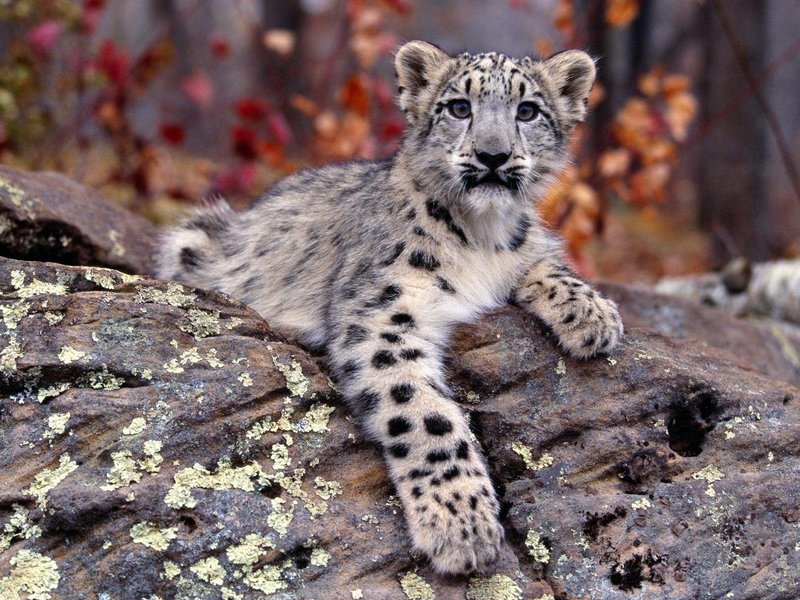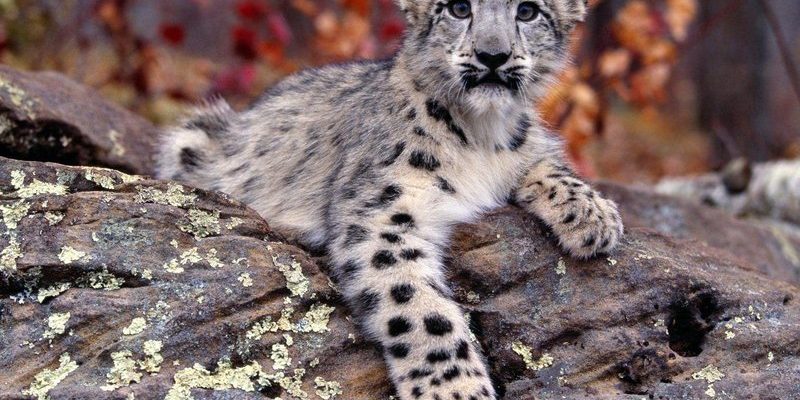
The world of evolutionary biology can feel a bit like a jigsaw puzzle at first. Imagine trying to fit together pieces without a picture on the box. But researchers have dedicated their careers to figuring out how snow leopards evolved, adapting to survive in some of the harshest environments on Earth. So, grab your metaphorical magnifying glass, and let’s dive into the incredible story of how these magnificent animals came to be.
Snow Leopards and Their Ancestry
The journey of the snow leopard begins millions of years ago, with an ancestor known as the common ancestor of all big cats. This lineage can be traced back around 10 to 15 million years. Research suggests that the snow leopard (Panthera uncial) diverged from its closest relative, the tiger, around 3 to 4 million years ago. It’s like watching a family tree branch out—over time, different species adapted to their environments, each taking on unique traits.
Snow leopards are part of a group called the Panthera genus, which includes other big cats like lions, tigers, and leopards. While these cats share a common evolutionary path, the snow leopard’s adaptations are particularly remarkable. With thick fur, long tails, and powerful limbs, they’ve developed physical features that help them maneuver through steep and rugged mountainous terrains. Imagine a mountain climber equipped with the best gear to navigate icy peaks—that’s what snow leopards have done through evolution.
Physical Adaptations for Survival
Let’s talk about what makes snow leopards unique. One of their most notable traits is their thick fur, which keeps them warm in freezing temperatures. This fur isn’t just for show; it helps them survive in altitudes that often exceed 12,000 feet! Their bodies are built for cold, with large paws that act like snowshoes, distributing their weight so they can move quietly and swiftly across the snow. It’s almost as if nature designed them for a stealth mission in the harshest conditions.
Moreover, snow leopards have a specialized diet that’s closely tied to their environment. They primarily hunt animals like mountain goats and blue sheep. Their hunting strategy involves sneaking up on their prey and making quick, powerful leaps—sometimes up to 50 feet! This physical prowess has been honed over generations, showcasing how the snow leopard has adapted to become a top predator in a challenging environment.
Historical Range and Habitat
Historically, snow leopards roamed an even broader range than they do today. Their habitat extends across the mountain ranges of Central and South Asia, including the Himalayas, Siberian mountains, and parts of Mongolia. These breathtaking landscapes provide the perfect backdrop for the snow leopard’s evolution. You might picture vast, open spaces with rugged cliffs and deep valleys, which offer both camouflage and hunting grounds.
The shifts in habitat over thousands of years also played a significant role in their evolution. Climate changes led to the expansion and contraction of glaciers, altering the environments where snow leopards live. As the landscape changed, so did the snow leopard’s behavior and adaptations. They learned to navigate both rocky outcrops and snowy slopes, developing skills that would ensure their survival amid fluctuating conditions.
Genetic Insights into Evolution
In recent years, genetic studies have provided deeper insights into the snow leopard’s evolutionary history. By analyzing their DNA, scientists have been able to trace the genetic divergence between snow leopards and other big cats. The genetic makeup reveals how these cats have become uniquely adapted to their mountain habitats, with specific genes that enhance their ability to thrive in cold climates.
Interestingly, these studies have also highlighted the need for conservation efforts. As snow leopards face threats from habitat loss and climate change, understanding their genetic diversity becomes crucial. Maintaining healthy populations ensures that they can continue to adapt and survive in the face of challenges. You could think of it like a genetic safety net, preserving the traits that make snow leopards resilient.
Current Threats and Conservation Efforts
Today, snow leopards face serious threats, including poaching and habitat loss due to human encroachment. With more people moving into mountainous regions, the delicate balance of their ecosystem is being disrupted. Conservation organizations are stepping up to protect these majestic animals, working to create protected areas and raise awareness about their plight.
One effective strategy involves the local communities. By promoting sustainable practices and eco-tourism, people can benefit economically without harming the snow leopard’s habitat. Plus, educating locals about the importance of these cats helps foster a sense of pride and responsibility for the wildlife around them. It’s all about creating a partnership between humans and nature, ensuring that snow leopards continue to roam their mountains for generations to come.
Looking Ahead: The Future of Snow Leopards
As we look to the future, the snow leopard’s evolutionary history serves as a reminder of how intertwined they are with their environment. Understanding their past is essential for crafting effective conservation strategies. While challenges abound, there’s hope in the collaborative efforts of scientists, local communities, and conservationists.
Snow leopards are symbols of strength and resilience, and their survival depends on our willingness to protect their habitats. Imagine the pride of standing atop a mountain, knowing you played a part in ensuring these incredible creatures continue to thrive in the wild. By supporting conservation initiatives and spreading awareness, we can all contribute to a brighter future for snow leopards and the ecosystems they inhabit.
In summary, snow leopards are not just remarkable animals but also products of millions of years of evolution, finely tuned to thrive in harsh mountain landscapes. Their history is a story of adaptation, survival, and the ongoing struggle against modern threats. As we learn more about them, let’s also be inspired to take action to protect these majestic big cats and their beautiful, wild homes.

